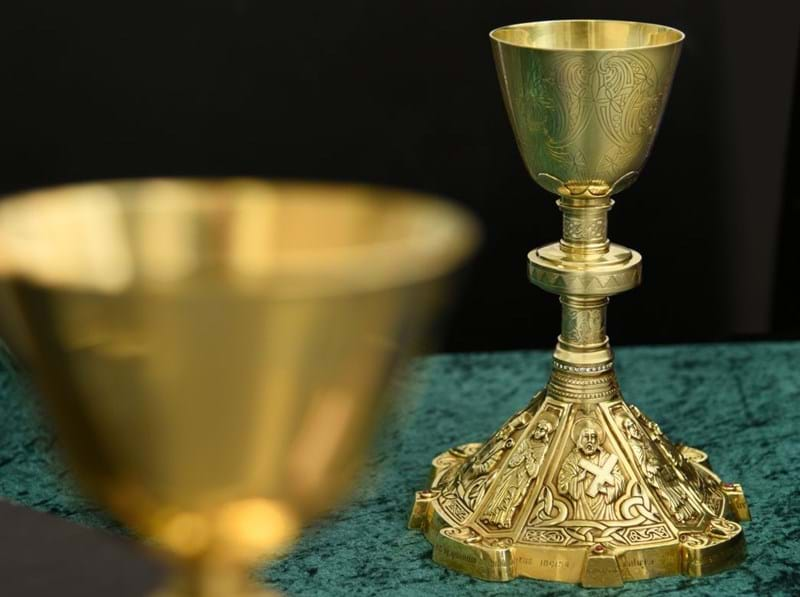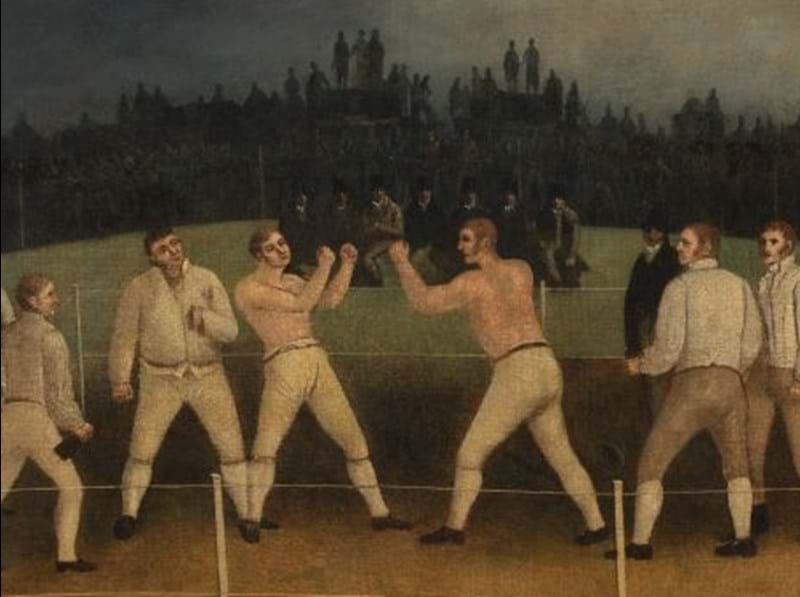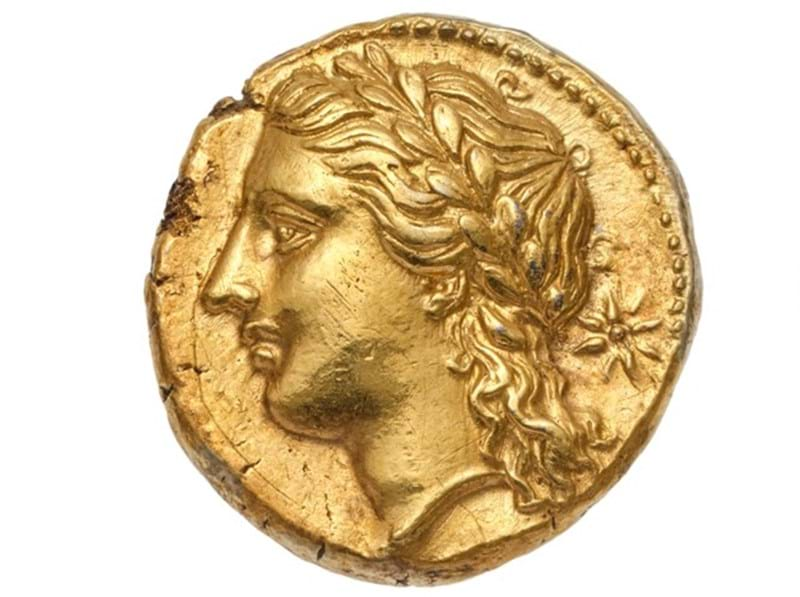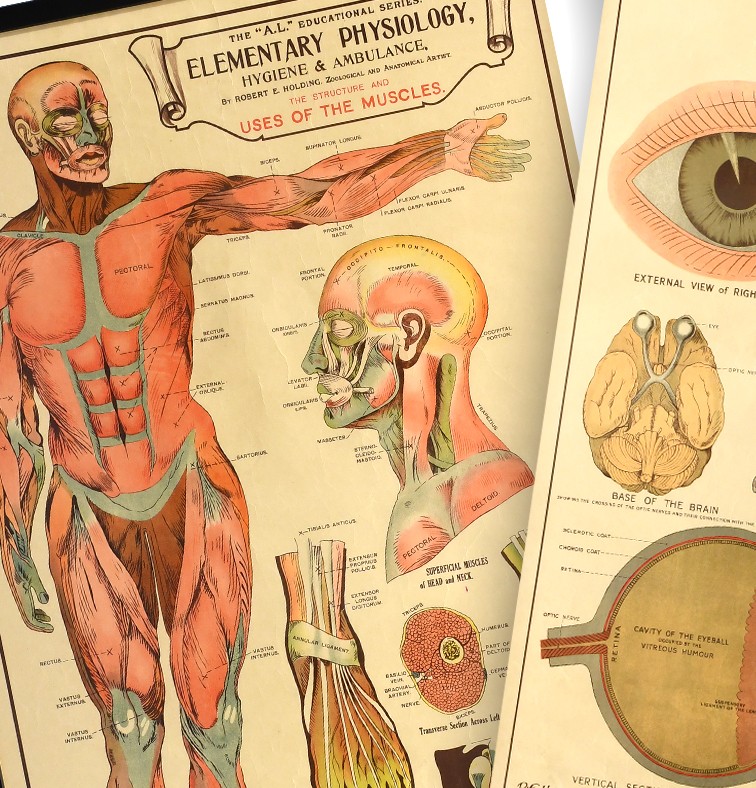“When you entered the shop… you find yourself in a dim-lit passage with crowded shelves of stoneware jugs carved into leering, laughing, grinning and ogling heads, jostling with the most impossible, and most fascinating, pot birds with strangely anthropological expressions…” – Holbrook Jackson (1874-1948), Journalist
Martin Brothers is one of the most significant names in the history of British pottery. Four brothers, working in London, conjured up idiosyncratic, whimsical creations that would represent the peak of Victorian art pottery and the beginning of 20th century Studio Pottery. For collectors, their wares, which teeter between comical and dark, remain amongst the most sought-after pots two centuries on.
The four brothers, Robert Wallace, Walter, Edwin and Charles set up their first kiln at their family home in Fulham in 1873, before moving to a disused soap works in Southall, North West London in 1877, where production would remain until 1923. The brothers divided responsibility within the pottery; Robert Wallace modelled the figures, Walter fired the kiln, mixed glazes and threw pots, Edwin was the chief decorator and Charles ran their shop on Brownlow Street, Holborn.
Eccentric yet single minded, the brothers were consumed with their extraordinary creations, rather to the detriment of the commercial viability of the business. Despite prominent figures such as Rosetti and Burne-Jones becoming avid collectors, the pottery ran on such a meagre budget that they could only afford to fire the kiln once a year, stacked with an entire year’s production. Indeed, unable to afford protective saggars, every pot was directly exposed to flame and the proportion of pots with firing faults was very high. One year they were left with only one salvageable piece. Their financial success was not helped by shop manager Charles, who became so firmly attached to their wares that he often hid pieces away from the gazes of customers and frequently refused to let potential buyers into the shop. Sadly, the shop was destroyed in a fire in 1903, and Charles suffered a breakdown from which he would never fully recover.


















